11:49N 64:36W Grenada and Blanquilla

Toucan
Conor & Marion Wall
Wed 19 Jan 2011 06:29
|
Iâve done it again and left it far too late to keep you all informed of our
whereabouts. I believe that the last blog ended way back in Grenada and now we
are in Panama. Seems such a long time ago and so much has happened so Iâll back
track with the help of our active âBoat Logâ and cover the stretch from Grenada
to Panama.
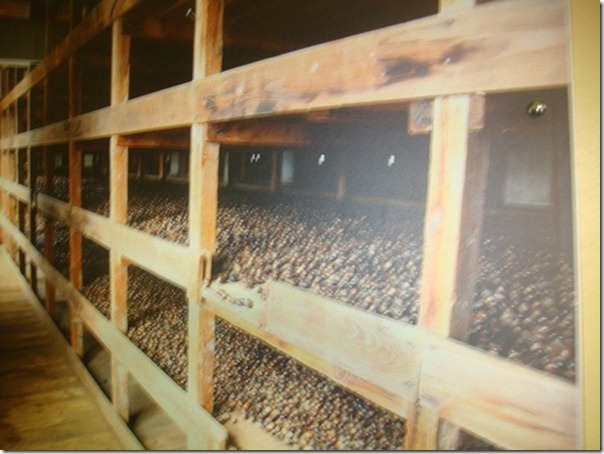 Nutmegs at various stages of drying, these need to be turned regularly as
one of the many process that each nutmeg must go through before reaching the
shops.
Before we left Grenada we did an Island tour with Alan and Mary from the
boat âStellaâ and visited among other places a Rum distillery with the oldest
working sugar cane press in the world. We visited a nutmeg factory that used to
have over 100 staff and learned about the devastation to the nutmeg crop when
hurricane Ivan struck about 10 years ago. Only a handful of staff now work there
as it takes up to 20 years for the nutmeg trees to recover. The tour took all
day and apart from the rickety old minibus was most enjoyable.
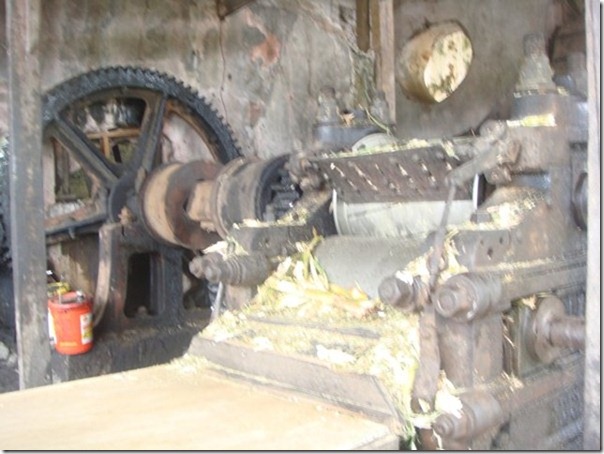 Sugar Cane being crushed to remove the juice
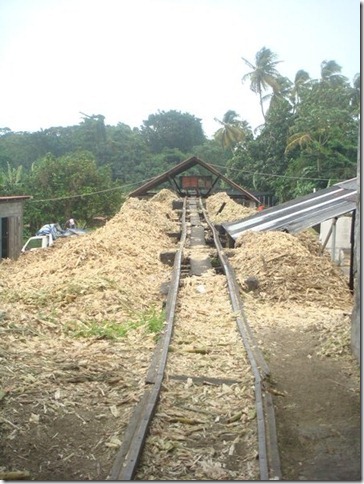 What is left after the juice is removed.
We left Grenada on Wednesday 19th January as we had read in a local freebe
that there was a seminar in Panama for those people interested and doing the
Pacific crossing in 2011. This seminar was sponsored by Latitude 38 Magazine, a
popular yachting magazine on this side of the Atlantic. We hoped that we could
get close enough to Panama to be able to get to the seminar that was taking
place on the 14th February. We did not however want to by pass any of the places
that we had earmarked to visit on route and of course we had to make sure that
we did not go anywhere near to the mainland of Venezuela. Weather was good so
off we went and kept about 60 miles off the coast of Venezuela . This trip was
to be a very worrying trip due to the incidences of piracy and even killings in
recent times so I was well prepared with all my old flares (we donât carry a
gun) and the powerful spotlight purchased in Grenada for the job. We had
considered not showing navigation lights but in the end we did. The Venezuelan
cruisers that we met had given us a few tips on how to deal with undesirables so
we felt prepared at least.
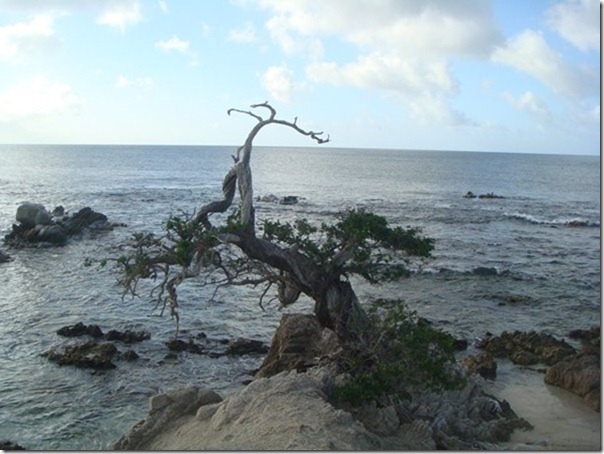 Living on the edge.
As it turned out we saw nothing and as we had been monitoring the SSB âNetâ
each morning and keeping in touch with other sailing boats, as we had done on
the Atlantic, we felt it safe enough to visit Blanquilla, a small Venezuelan
Island some 40 Miles or so off the mainland. Here we found a small garrison of
the National Guard but no other residents that we could see. We checked in with
them and got their permission to stay for a few days. One of them came out to
the boat to inspect it but we think that he was more interested in cigarettes
and beer. The anchorage was lovely and the water crystal clear with lots of
pelicans going about their business of fishing, totally unaware of humans, along
with some very beautiful birds of prey. We anchored for one night here, having
the bay all to ourselves, before moving to another side of the island which was
even nicer and with much more bird life. Here there was another boat at anchor
and every once in a while some small fishing boats would pass a little out to
sea. As no one lived on the Island they must have come from the mainland. There
are however some fishermenâs shacks that are used from time to time by visiting
fishermen so presumably they stay out until they catch enough fish to return
home.
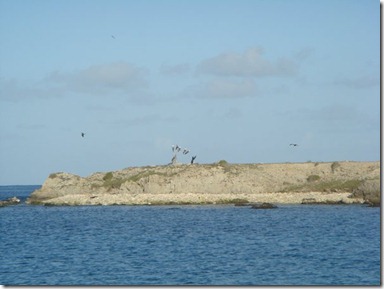 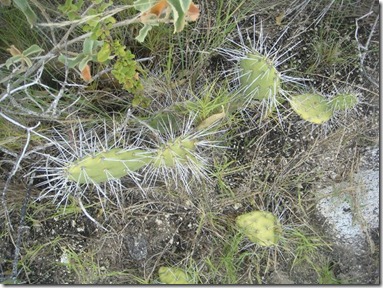 It was here also that my outboard motor decided not to work so the
carburettor was stripped and rebuilt having been thoroughly cleaned and âhey
prestoâ it works again.
We left Blanquilla for Los Roques. |